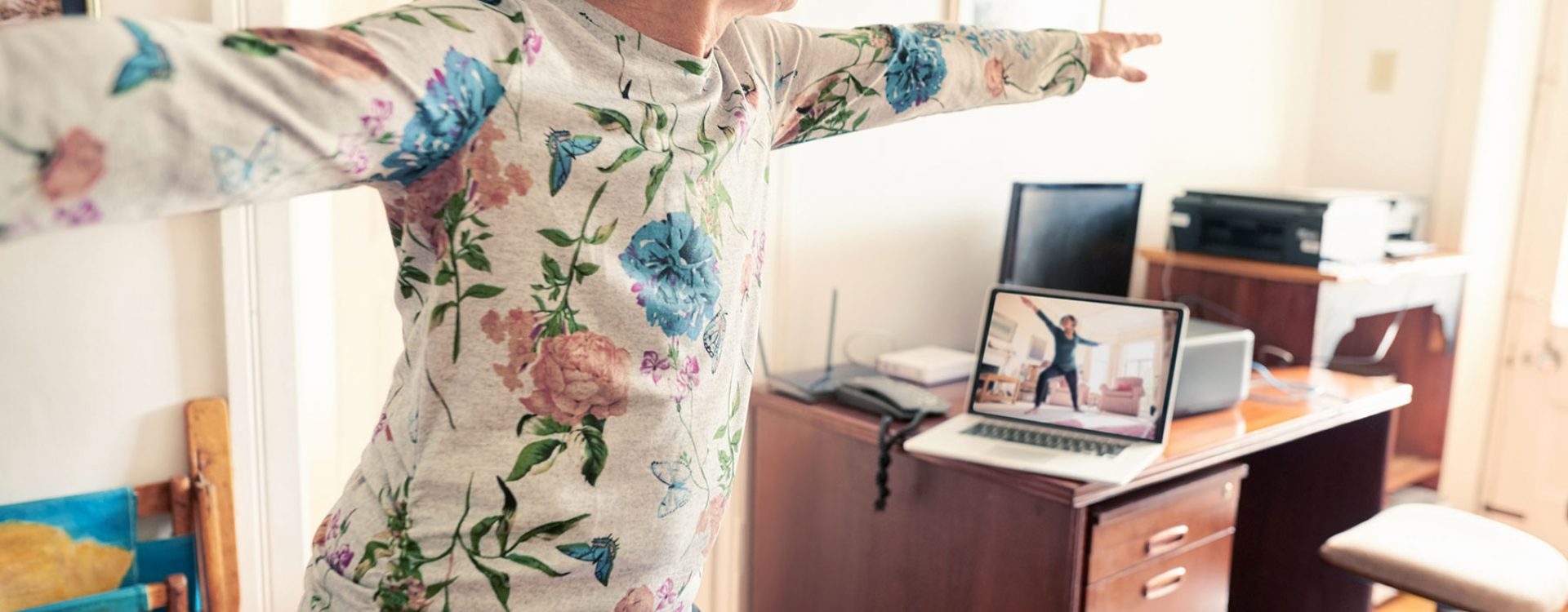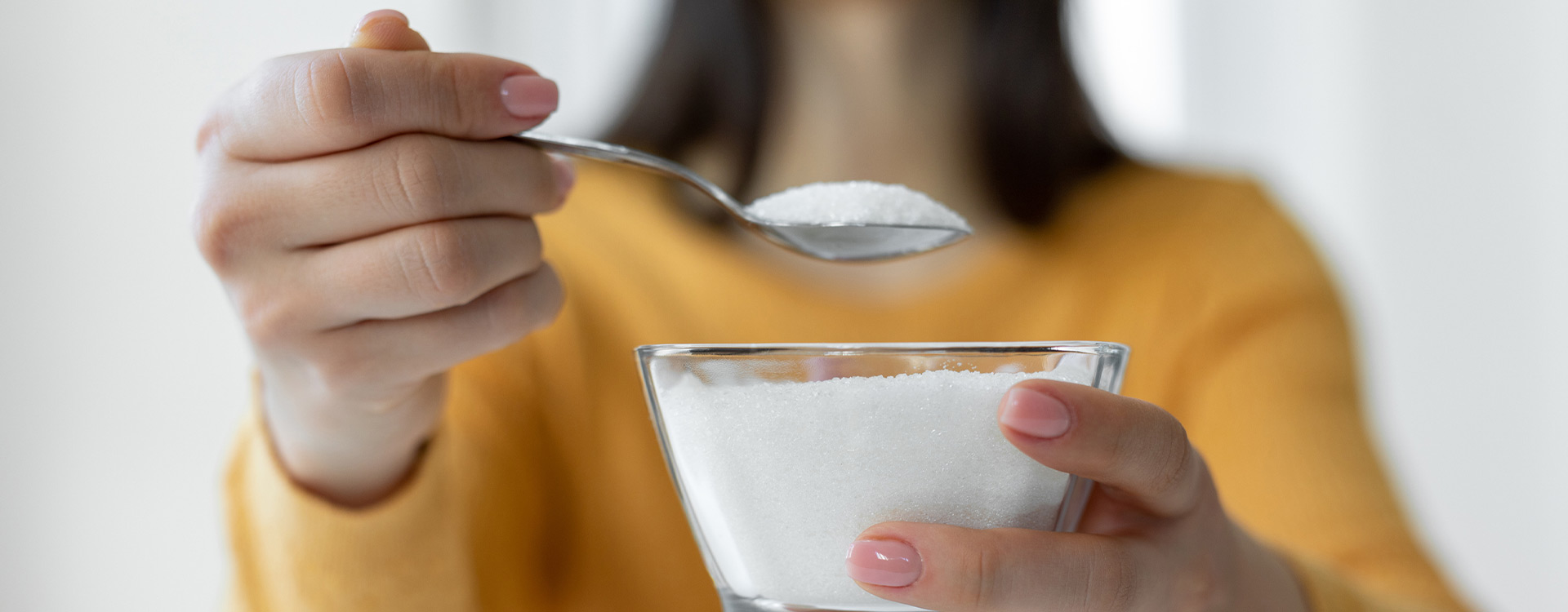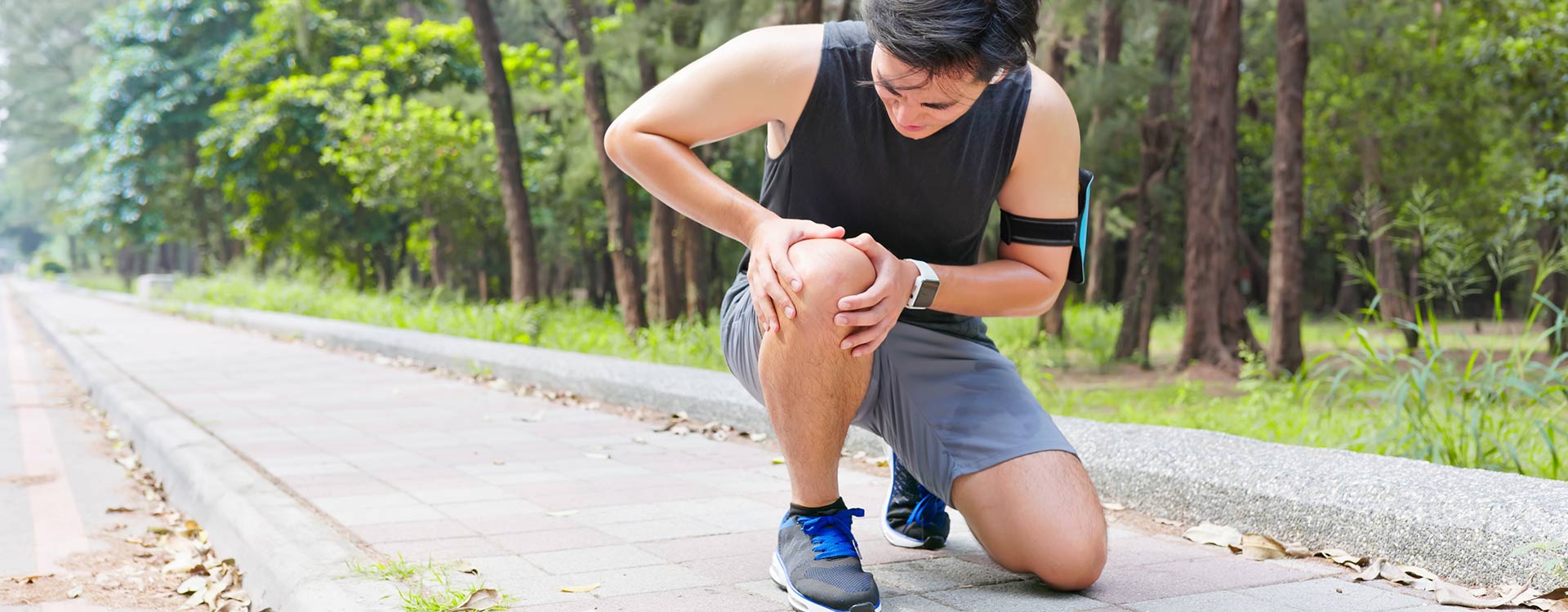Millions of people 65 and over fall every year, and an estimated one in five incidents cause serious injury. And while more than one out of four seniors fall annually, less than half alert their healthcare provider. Falls are an important public health concern that needs to be addressed. These accidents can cause broken bones and serious head injuries and are particularly serious for individuals taking medications like blood thinners.
What causes falls?
Falls don’t just happen to people of a certain age. Some conditions and medications could increase a person’s chances of falling, and a combination of risk factors causes a majority of these accidents. Conditions like vitamin D deficiency, vision problems, foot pain, and lower body weakness can cause someone to be less steady on their feet. Medications like sedatives, tranquilizers, and antidepressants could make a person more vulnerable to falling down as well. Some over-the-counter medicines can also lead to dizziness, so be sure to read safety instructions before taking any medications.
Falls do not only threaten physical safety. Injuries sustained after an accident could harm an older person’s sense of independence, limit the ease of everyday activities, and cause anxiety about another fall in the future. That fear isn’t irrational, as falling once doubles the chances of falling again.
Fortunately, you can largely prevent these common accidents with the proper safety measures.
Building strength and prevention strategies
Supporting a strong body and implementing prevention strategies are some of the best lines of defense against these accidents. Sit-to-stand activities are especially helpful in building lower body strength and improving body mechanics. Begin by sitting in a sturdy, standard-height chair in which you can sit comfortably with your feet flat on the floor. Place the chair near a sturdy support surface like a countertop in case you start to feel unsteady. Next, lean your chest forward over your toes to shift your body weight forward while squeezing your glute muscles and slowly rising to a stance. Sit down slowly and repeat the exercise about 10 times twice daily. You can place your hands on the arms of the seat if necessary, but the goal is to complete the activity without using your hands.
Balancing exercises are also crucial to practice. Start by standing with your feet shoulder-width apart, and stay steady for 10 seconds, eventually working up to 30 seconds. You might feel unsteady and need an unmovable surface for support. Once you can do the stance with minimal swaying or assistance, you can graduate to the same exercise but with your feet together. You ultimately want to work up to standing on one foot for 30 seconds with no support.
Regular medical visits are vital for fall prevention as well. Schedule annual eye examinations and replace eyeglasses to protect you or your loved one from falls linked to vision problems. A healthcare provider also needs to do a foot examination annually, discuss proper footwear, and recommend a foot specialist if needed. A doctor or pharmacist should also review medications to see if any might cause dizziness or tiredness.
Important safety measures
Since most falls happen at home, you must create the safest space possible. These preparations include removing or securing things easily tripped over, like throw rugs, electrical cords, and clutter. The bathroom can be a hazardous and slippery area of the house, so install grab bars inside and outside of the tub and shower and next to the toilet. A seat in the shower and a hand-held nozzle are also helpful tools.
If the house has stairs, put up railings on both sides of the staircase. Installing more lighting and brighter light bulbs is also a helpful safety measure, as the increased lighting will lead to greater visibility.
Wearing comfortable, sturdy shoes is essential to any fall prevention plan. Footwear should be flat, properly fitted, and have non-skid soles. In some cases, a walker or cane might be needed to prevent falls.
For more information on fall prevention and to find a healthcare provider, visit pardeehospital.org.




